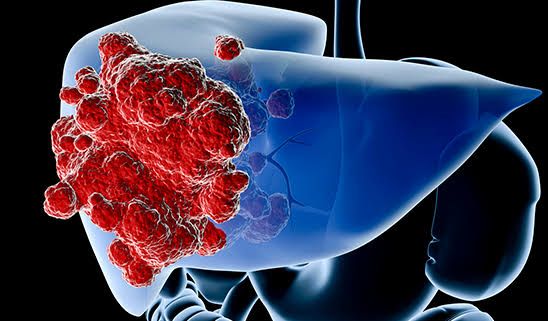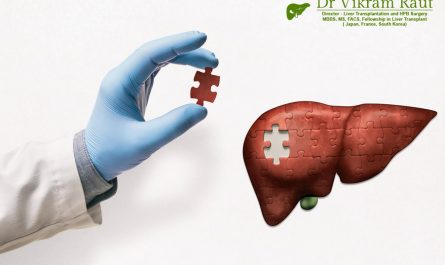Liver cancer is a type of cancer that starts in the cells of the liver, which is a vital organ that performs many functions, such as filtering toxins, producing bile, and making proteins. Liver cancer can be classified into two main types: primary liver cancer, which originates in the liver, and secondary liver cancer, which spreads to the liver from another part of the body.
Liver transplantation is a surgical procedure that removes a diseased or damaged liver and replaces it with a healthy one from a donor. A donor liver can come from a deceased person or a living person who donates a part of their liver. Liver transplantation can be a treatment option for some people with primary liver cancer, especially if the cancer is confined to the liver and has not spread to other organs or blood vessels.
However, not everyone with liver cancer is eligible for a liver transplant. There are strict criteria that determine who can receive a donor liver, because the supply of donor livers is very limited and there are many people waiting for a transplant. One of the most widely used criteria is called the Milan criteria, which states that a person with liver cancer can have only one tumor no larger than 5 cm in diameter or two to three tumors of 3 cm or less at the time of diagnosis1.
Sometimes, people with liver cancer who do not meet the Milan criteria at the time of diagnosis may receive treatments to shrink their tumors so that they fit within the criteria. This is called downstaging. A recent study has shown that people with liver cancer who have been downstaged to meet the Milan criteria have similar survival rates after a liver transplant as those who met the criteria at diagnosis. This suggests that downstaging may be an effective way to expand the pool of candidates for liver transplantation
Downstaging of liver cancer
Downstaging of liver cancer is the process of reducing the size and number of tumors in the liver to make them eligible for liver transplantation. Liver transplantation is a potential cure for some people with liver cancer, but there are strict criteria that limit who can receive a donor liver. One of the most common criteria is the Milan criteria, which requires that the person has only one tumor no larger than 5 cm or two to three tumors of 3 cm or less.
There are different methods of downstaging liver cancer, such as ablation, chemoembolization, radioembolization, and systemic treatments. These methods aim to destroy or shrink the tumors in the liver without damaging the surrounding healthy tissue. The success rate of downstaging varies depending on the type and extent of the cancer, the method used, and the response of the patient. Some studies have reported that about 60-70% of patients who undergo downstaging can achieve the Milan criteria.
Downstaging can have several benefits for people with liver cancer. It can improve their chances of getting a liver transplant, which can offer a longer and better quality of life. It can also select patients who have a favorable tumor biology and a lower risk of recurrence after transplantation. It can also provide a window of time for finding a suitable donor liver and preparing for the surgery.
However, downstaging also has some limitations and challenges. It is not a guarantee that the person will receive a liver transplant, as there may be other factors that affect their eligibility, such as their overall health condition, their blood type, and the availability of donor livers. It is also not a guarantee that the cancer will not recur or spread after transplantation, as some tumor cells may escape detection or treatment. It is also not clear what is the optimal method, duration, and frequency of downstaging for different patients.
Therefore, downstaging is a complex and individualized process that requires careful evaluation and monitoring by a multidisciplinary team of experts. It is important to discuss the benefits and risks of downstaging with your doctor before deciding whether it is suitable for you.


